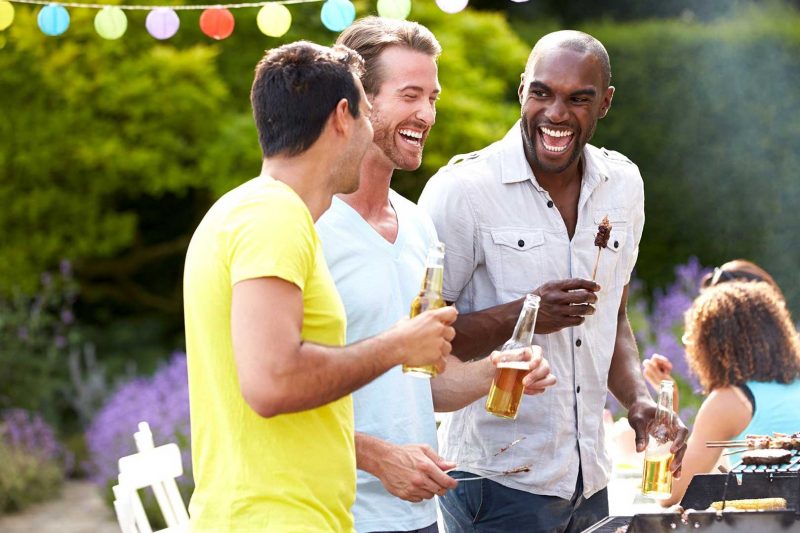One thing South Africa can be thankful for is the weather that allows for all-year braai’ing. Yes, it gets cold and rains but if you considered all the built-in braai factors, then no climatological event will stand in your way. So, what are the most important points to consider for a built-in braai? How do you ensure you have the right built-in braai to withstand varying weather conditions, appetites, and moods?
Find the B-spot
Start with location, location, location. The braai area is the gender-free equivalent of a man cave. A place where you want to hang out for hours and be comfortable in a happy place. Some built-in braai factors of what-not-to-do include building your braai that faces a prevailing seasonal wind (think of Cape Town’s South Easter). If your existing braai has to confront wind, break it down. Move it. If you’re going to build a new braai, put this at the top of your list of factors to consider.
It’s not a cheap exercise to set up an enclosed built-in braai but if you can manage it, you will have your own little piece of heaven. However, if it’s not affordable or you need a temporary solution, you just need a bit of imagination to create some form of shelter. Build a bamboo af-dakkie, install an awning, or buy a portable gazebo – do what it takes to protect the atmosfire.
Part of the location and shelter setting means accommodating your guests too. Having an area that can comfortably seat your usual number of braai mates is another important factor to finding the right built-in braai spot.

Define the Fire Source
One of the most important built-in braai factors include finding your built-in braai unit. The big decider here is whether you use wood and charcoal or gas, or both. Combo units contain a gas area and grill alongside the wood/charcoal section providing a dual purpose built-in braai. But, if that’s not your thing and you prefer one or the other, there is a wide selection of units to explore.
Establish Size
So, you know you’re looking for a wood, gas or combo built-in braai. Next, is knowing what size range to go for. The bigger the braai, the bigger the price. If you’re a large family that entertains, it would be practical to look at the 1000 series and up. Or, if you’re a couple that has a few mates around every so often, the 700 series is a good start.
Choose the Features
The most basic built-in braai unit has a grill over the fire area. There are other elements to consider though, such as the ember maker, ash pan, lights, hooks, and doors. If you can’t afford all the bells and whistles now, keep them in mind when buying a unit that can accommodate built-in braai accessories. Read our in-depth review on the most important features on a built-n braai.
Be Big on Brand
We’re not pulling a marketing exercise with this but rather pointing out that top built-in braai brands and models are established and trusted manufacturers of steel quality, safety, and service. Safety and certification are particularly important with gas braais. You need to consider a brand and model that lights easily, provides heat control, and other safety features essential for using gas.
Assembly of the unit should be fairly easy and straightforward. You don’t want to drill, you want to grill so the bigger brands have simplified the assembly process with stress-free instructions. So, do a bit of research on the built-in braai factors to make sure you don’t need an engineering degree to install the built-in braai. And, if you do need some help, you want that service and support on hand. Quality brands offer efficient after-sales service and support and multiple routes of accessibility through social media.
In summary, cheap knockoffs are not worth the long-term hassle. Identify what you need and do your homework to enjoy your little piece of paradise.
